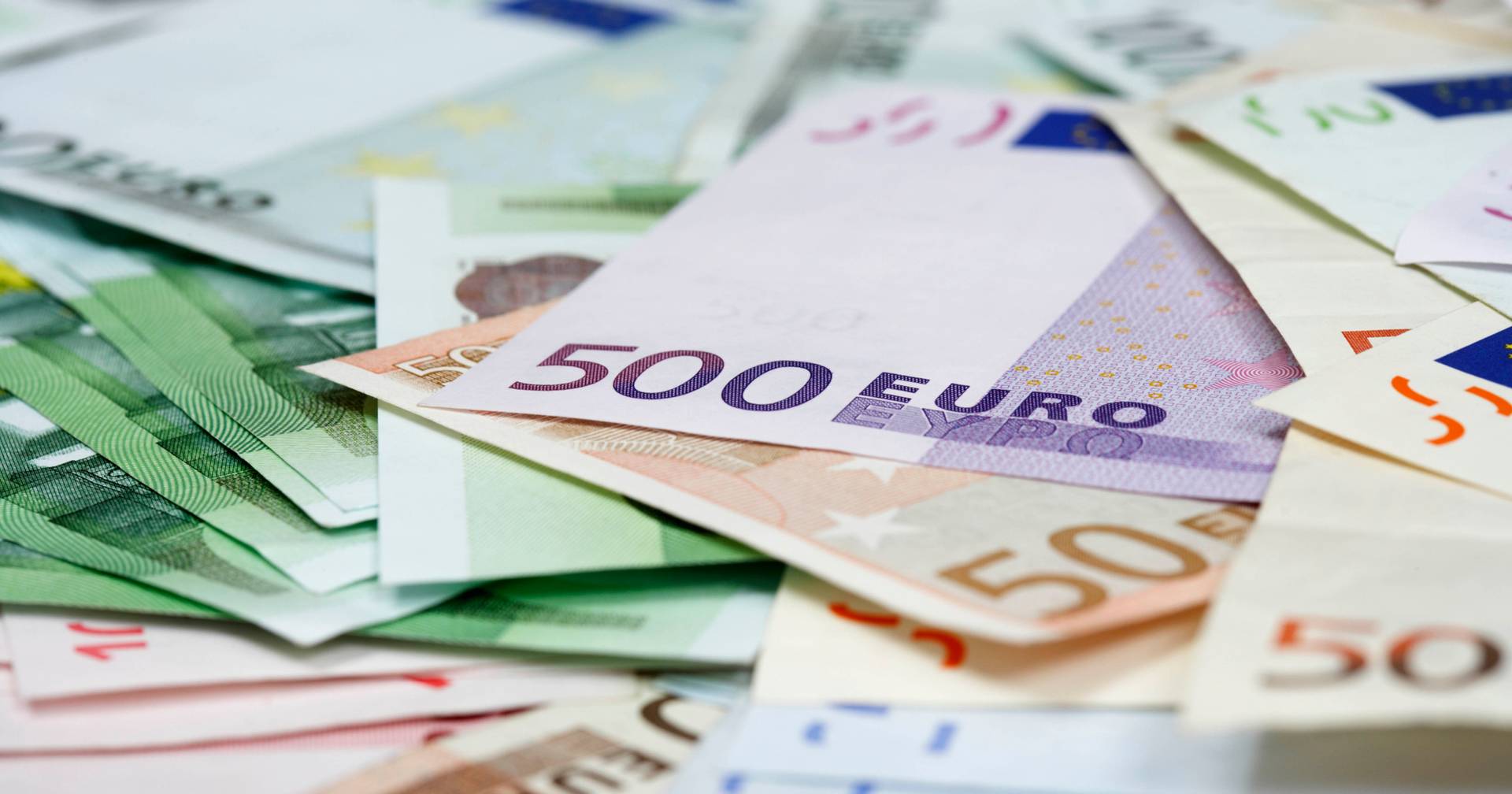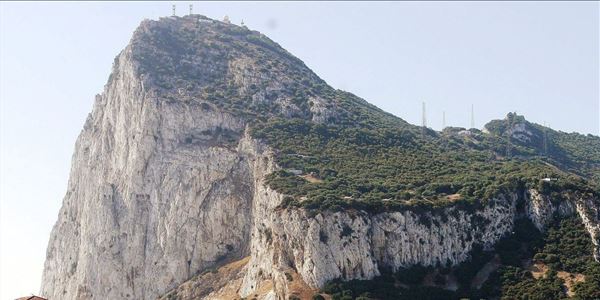The economies of the 38 member states of the Organization for Economic Co-operation and Development (OECD) grew 0.3% in the second quarter compared to the previous quarter, according to the provisional estimate released Monday, August 29 by the institution. Chain growth was 0.3% the same as in the previous quarter.
The G7 countries (Germany, Canada, USA, France, Italy, Japan and the UK) recorded 0.2% GDP growth when growth in the previous quarter was zero.
The second-quarter data on economic growth in the Organization for Economic Co-operation and Development, although it reflects a slowdown in economic growth, is showing opposite signs regarding the performance of the various economies under analysis at a time when policy and monetary policymakers are scratching their heads to understand the metrics. Are the most measures to be taken to tackle challenges such as inflation.
“On the one hand, GDP in the United States and the United Kingdom fell (both -0.1%), and GDP growth in Germany slowed sharply (0.1% vs. 0.8% in the previous quarter). On the other hand, GDP grew again in Japan and France (0.5%) and accelerated in Italy (1%) and Canada (1.1%)”, an example of the OECD.
But Germany reached GDP before the pandemic for the first time in the second quarter, while Italy surpassed it in the respective quarter. According to the Organization for Economic Co-operation and Development, all G7 countries have already equaled or exceeded pre-pandemic levels of production.
Based on estimates of statistical authorities in different countries, the OECD determines that French growth was mainly due to the contribution of net exports.
In the United Kingdom and the United States, the positive contribution of exports has been eliminated by reducing Stores in both countries. In the US, lower investment also played a role, while in the UK a drop in public spending was to blame.
The Organization for Economic Co-operation and Development says it has been “the opposite” in Germany. In that country, “net exports contributed negatively to GDP growth (…) while private and public spending had a positive effect.”
Countries closest to Ukraine, which Russia invaded on February 24, saw a sharp drop in GDP in the second quarter, highlighting the OECD “Poland went from 2.5% growth in the first quarter of 2022 to a 2% contraction, 3% in the following quarter,” according to the organization, while “Latvia and Lithuania also saw a shift from growth to contraction in GDP (minus 1.4% and minus 0.4%, respectively).” In Hungary, economic growth slowed from 2.1% to 1.1% in the second quarter,
However, economic growth accelerated in the second quarter in some European economies such as the Netherlands (2.6%), Sweden (1.4%), Spain (1.1%), Norway, Denmark (0.7%) and Finland (0.6%), the OECD identifies.

“Writer. Analyst. Avid travel maven. Devoted twitter guru. Unapologetic pop culture expert. General zombie enthusiast.”


